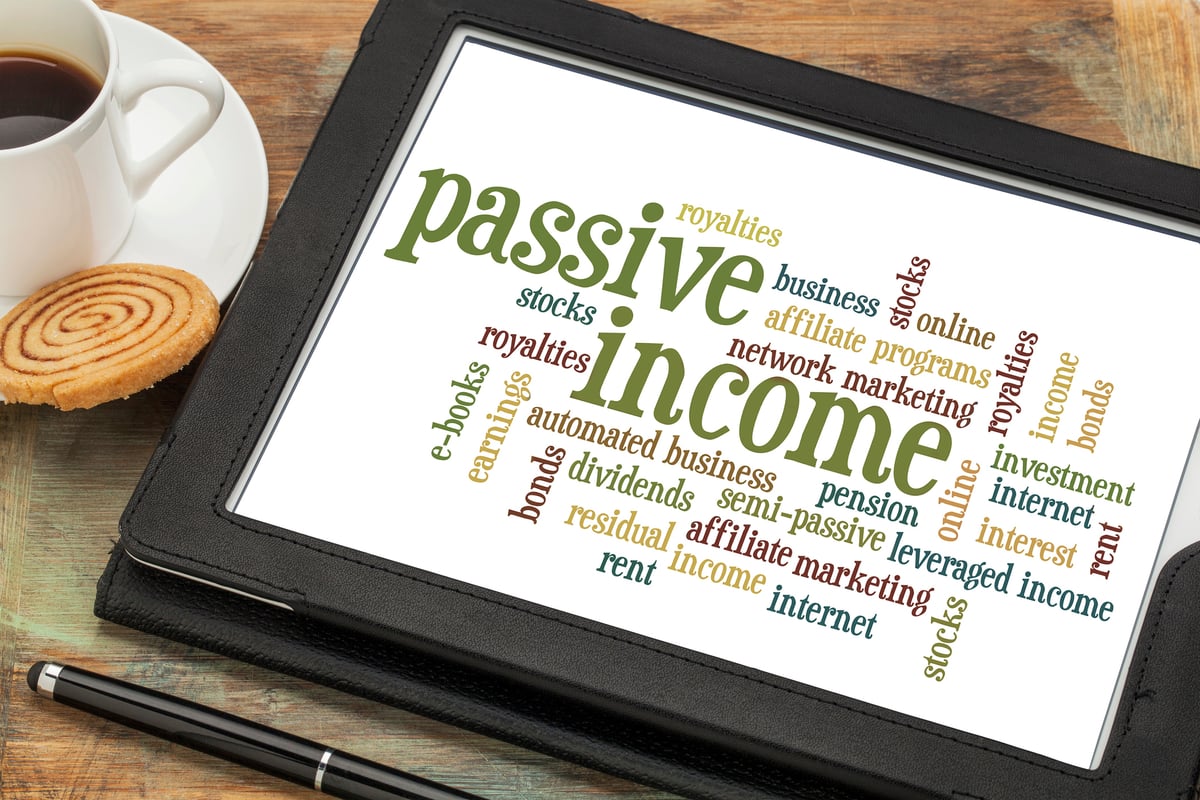If you are retired or nearing retirement you are likely thinking about generating passive income to supplement your Social Security checks. You just want to make sure you find stocks that are worth buying now and holding for the long term. And that is exactly what you're likely to find with Agree Realty (ADC +0.50%) and Bank of Nova Scotia (BNS +0.49%). Here's what you need to know about these two buy-and-hold stocks.
1. Agree Realty is growing in a big way
Dividend investors looking at Agree Realty might look at its dividend payment history and notice that it cut the dividend in 2011. Don't toss the stock on the rubbish heap because of that; it is a very different stock today than it was back then. To put a number on that, when Agree cut the dividend it owned less than 100 properties. The bankruptcy of one of its tenants at that point was a huge deal and necessitated the dividend cut. By the end of the first quarter of 2024, Agree owned a portfolio of more than 2,100 properties. No single tenant or property is nearly as important as it was when the company cut its dividend.

Image source: Getty Images.
But there's a second issue to consider. This real estate investment trust (REIT) has grown a great deal over the past decade or so. And that growth translated into a sizable increase in the dividend payment, with compound annualized growth of roughly 6% a year over the past decade. That's pretty attractive for a REIT and comes from a stock with a dividend yield of nearly 4.9%. The S&P 500 index is yielding less than 1.3%. A substantial yield, roughly a decade of dividend growth, and an attractive dividend growth rate. Not a bad combination.
The real question, then, is how long is Agree's growth runway? That is hard to answer, but a comparison to a peer might help. Agree's largest competitor, Realty Income, owns more than 15,400 properties. Put simply, it looks like Agree is nowhere near done increasing the size of its portfolio and likely its dividend.

NYSE: ADC
Key Data Points
2. Scotiabank has paid a dividend since 1833
Bank of Nova Scotia, which is more commonly known as Scotiabank, has paid dividends for more than 150 years without interruption. There's no reason to believe that this streak is about to come to an end. The dividend yield right now is a very attractive 6.7% or so, which is around twice the average for a bank. You might be thinking that something is wrong here, and you'd be right. Scotiabank has been underperforming its peers and it is currently revamping its portfolio.
Scotiabank hails from Canada, but, unlike most large Canadian banks, it chose to skip over the United States market and expand into South America. It didn't work out as well as hoped and now management is refocusing around the most profitable countries (such as Mexico) and considering exiting the least profitable ones (such as Colombia). It will likely take a couple of years for the company to turn things around and investors are moving on to other banks.

NYSE: BNS
Key Data Points
But that's the opportunity for investors who think in decades and not days. You can collect a huge yield from a company with a long track record of reliably rewarding investors with dividends. To be fair, the dividend may not grow much, if at all, for a bit. That's not great, but the starting dividend yield of 6.7% is fair compensation as you wait for the turnaround effort to take hold. You can take a little extra comfort here, as well, knowing that heavily regulated Canadian banks like Scotiabank have government-protected market positions in Canada and tend to operate in a highly conservative manner throughout their businesses.
Retirees need reliable dividend stocks
If you are retired or nearing retirement, you can't afford to buy just any old dividend stock. You need stocks with the wherewithal to keep paying you for decades into the future. Agree's opportunity for growth is huge and that should turn into reliable dividend growth for shareholders. Scotiabank's yield is high, but its incredible dividend record suggests that the turnaround it's undertaking will end well for yield seekers.
Take some time to get to know these two high-yield companies and one, if not both, could find a home in your portfolio today.





